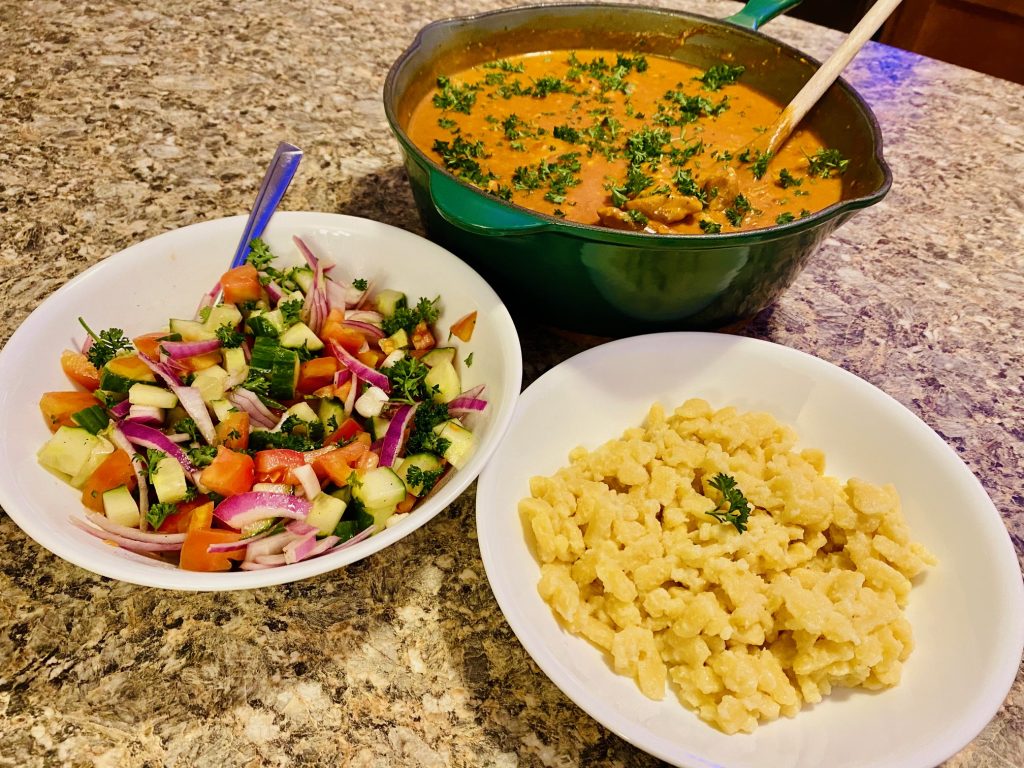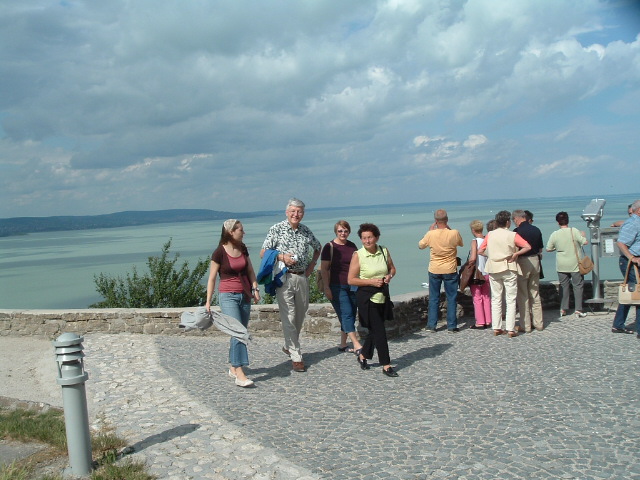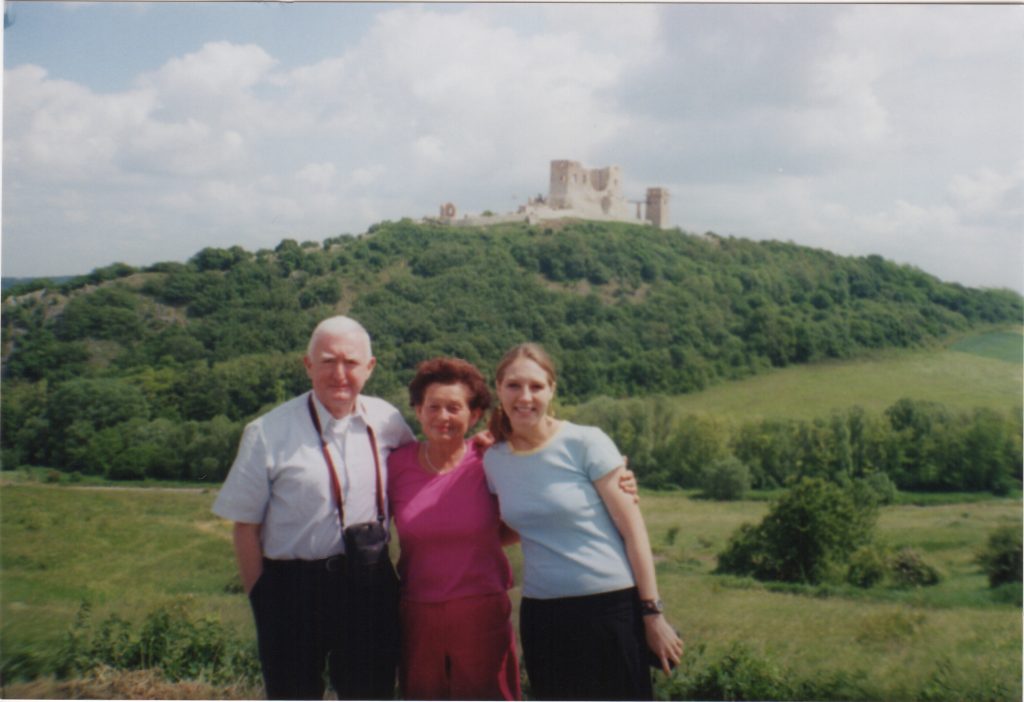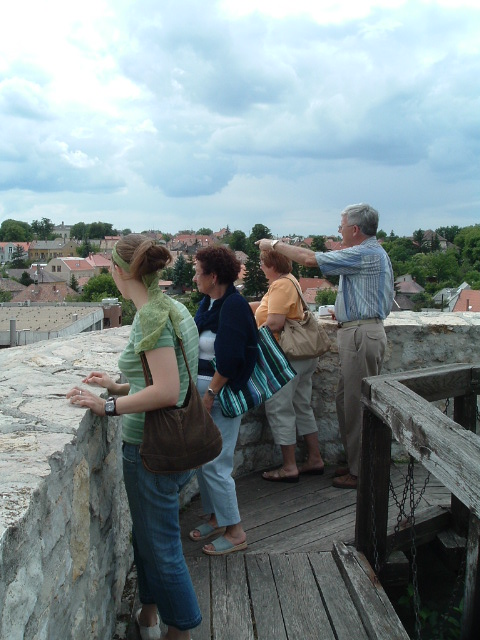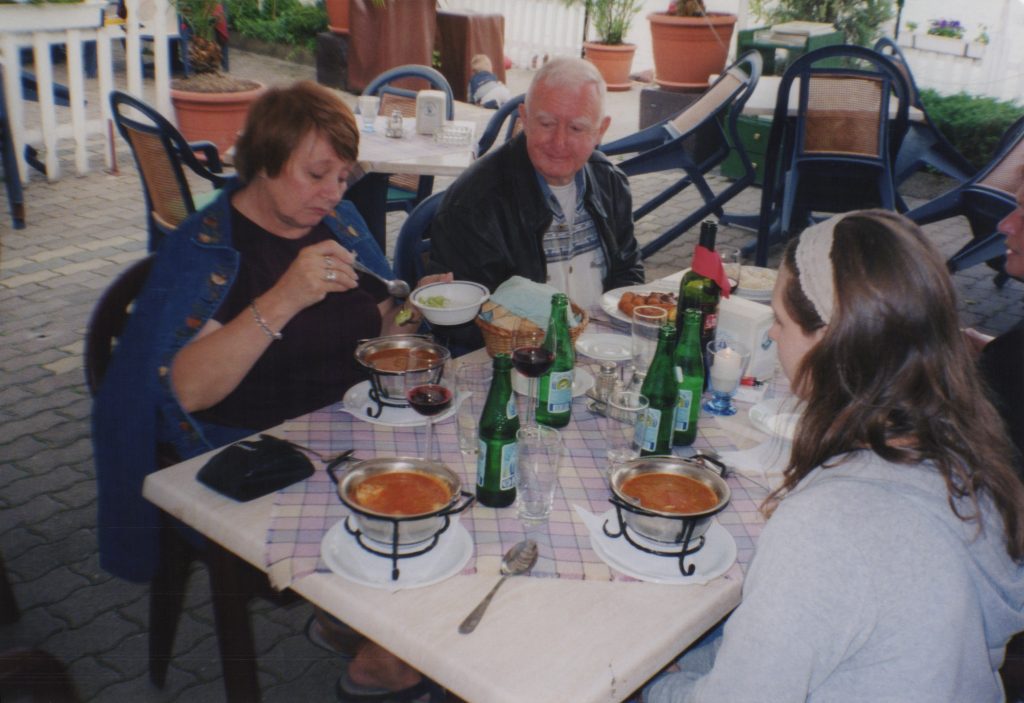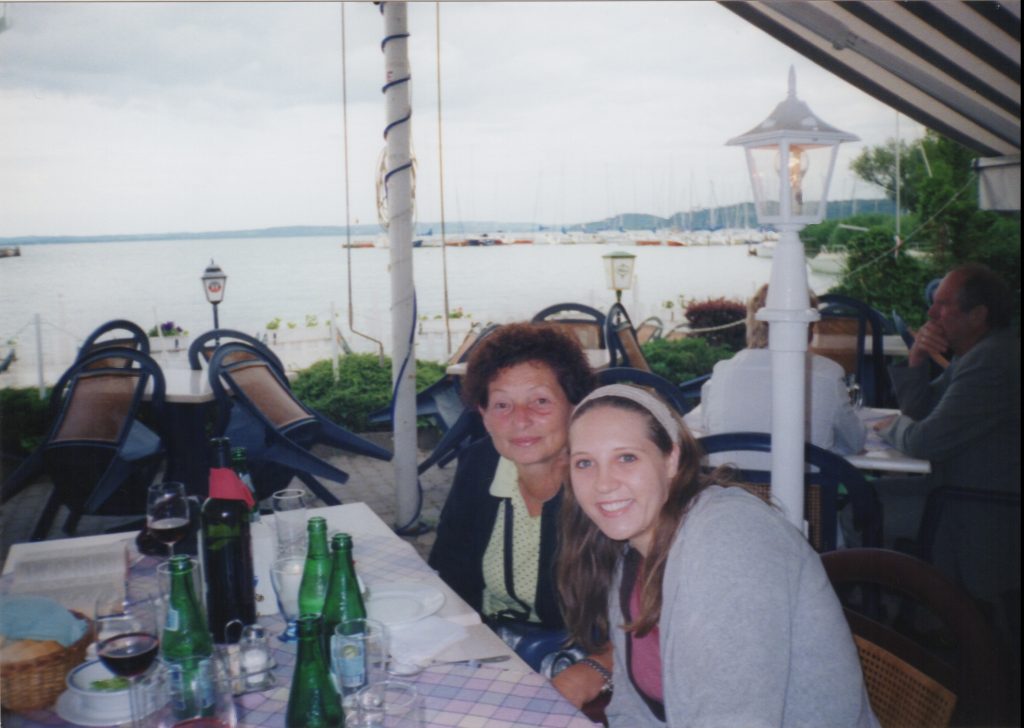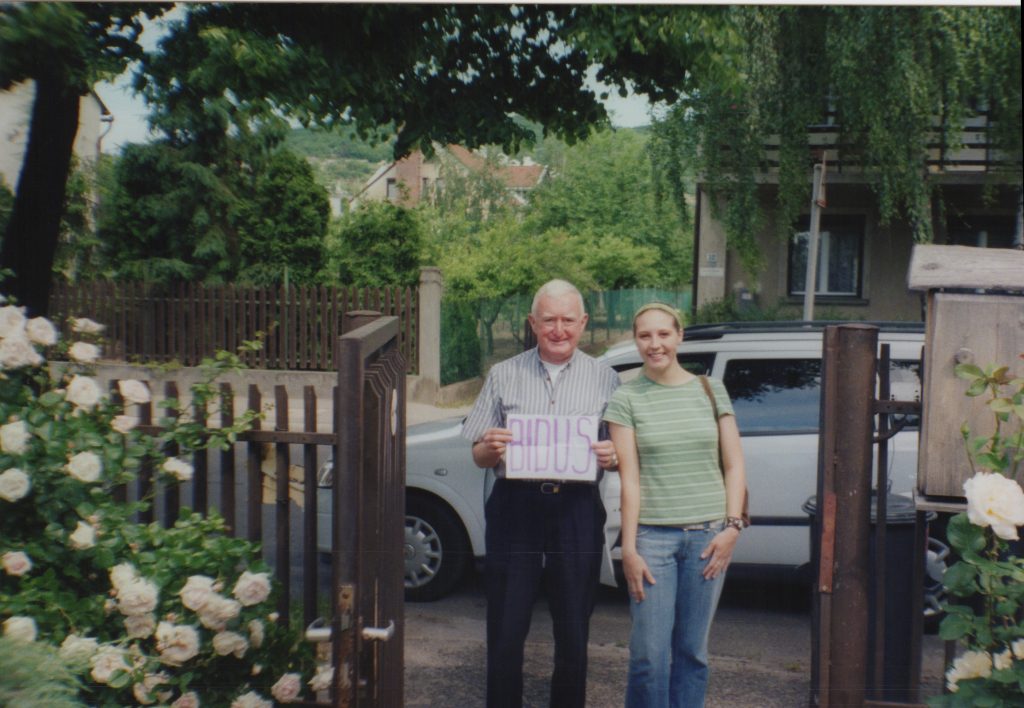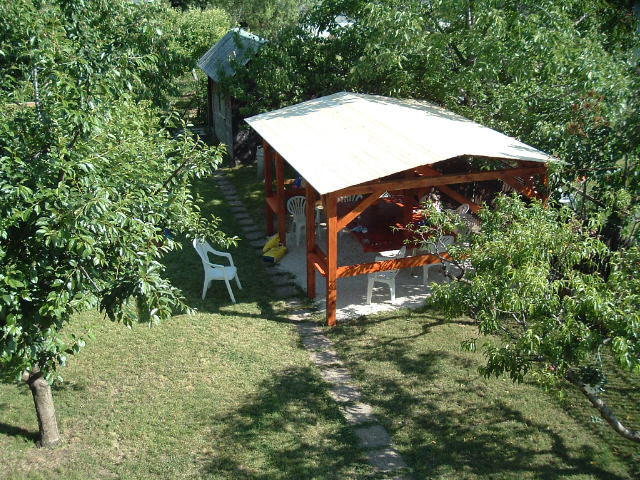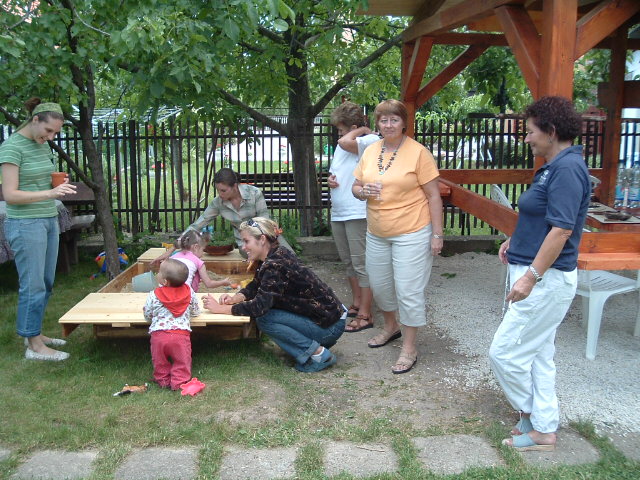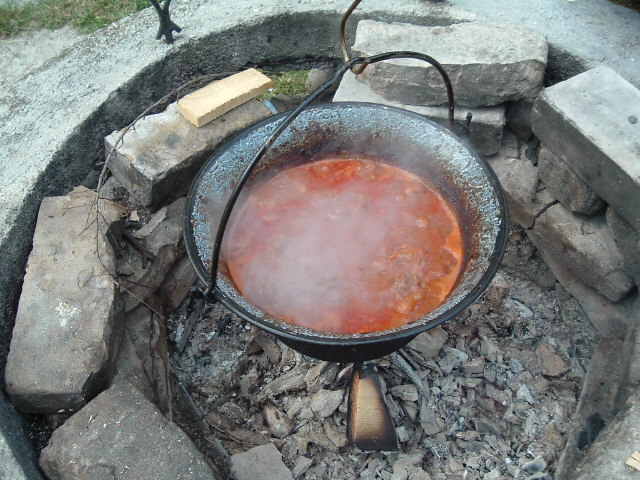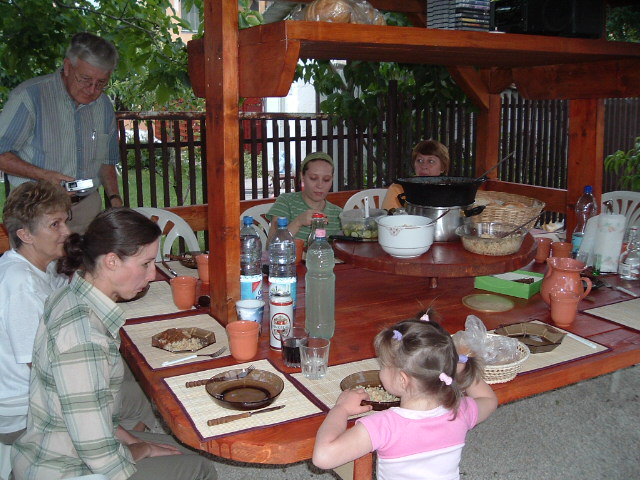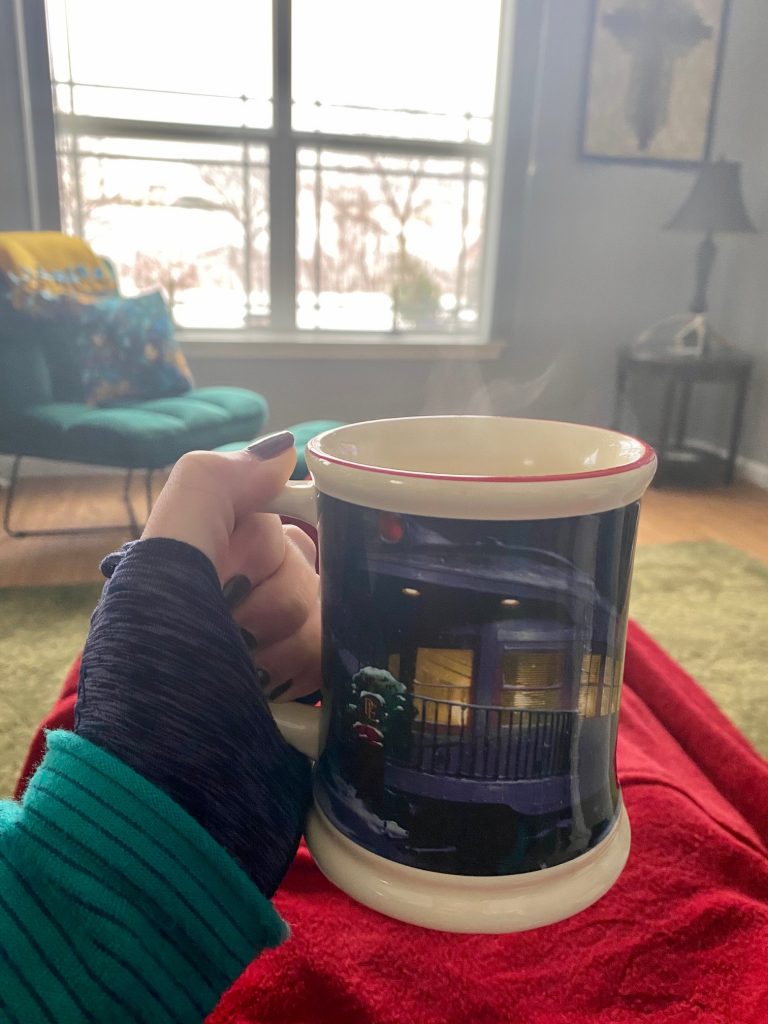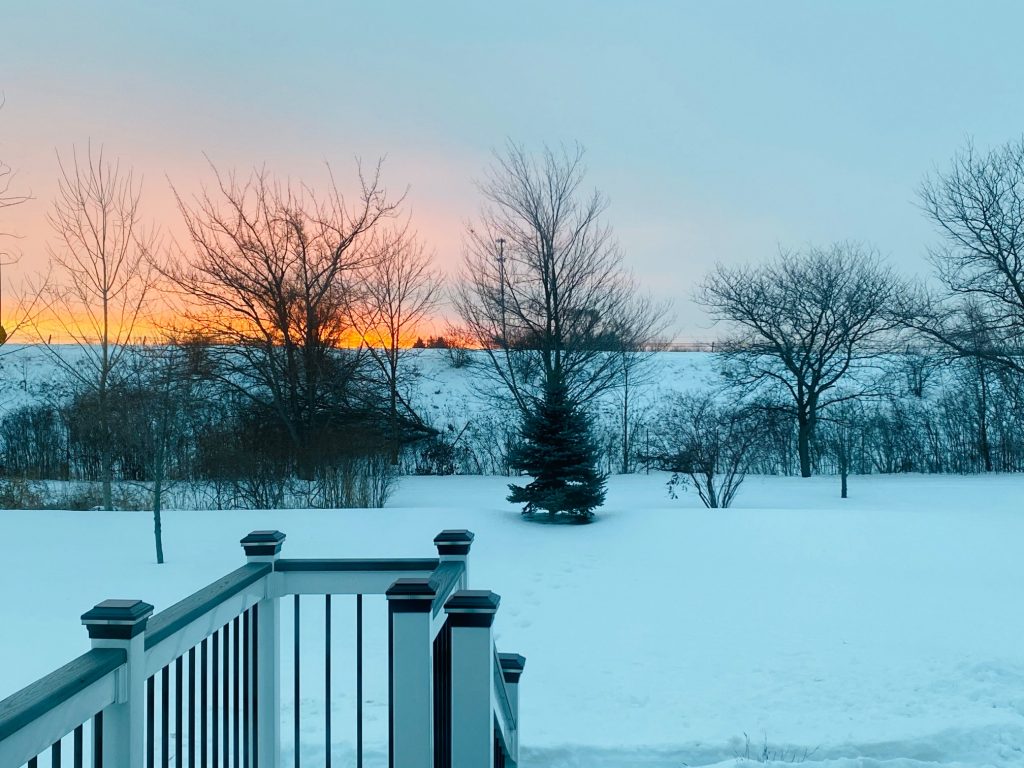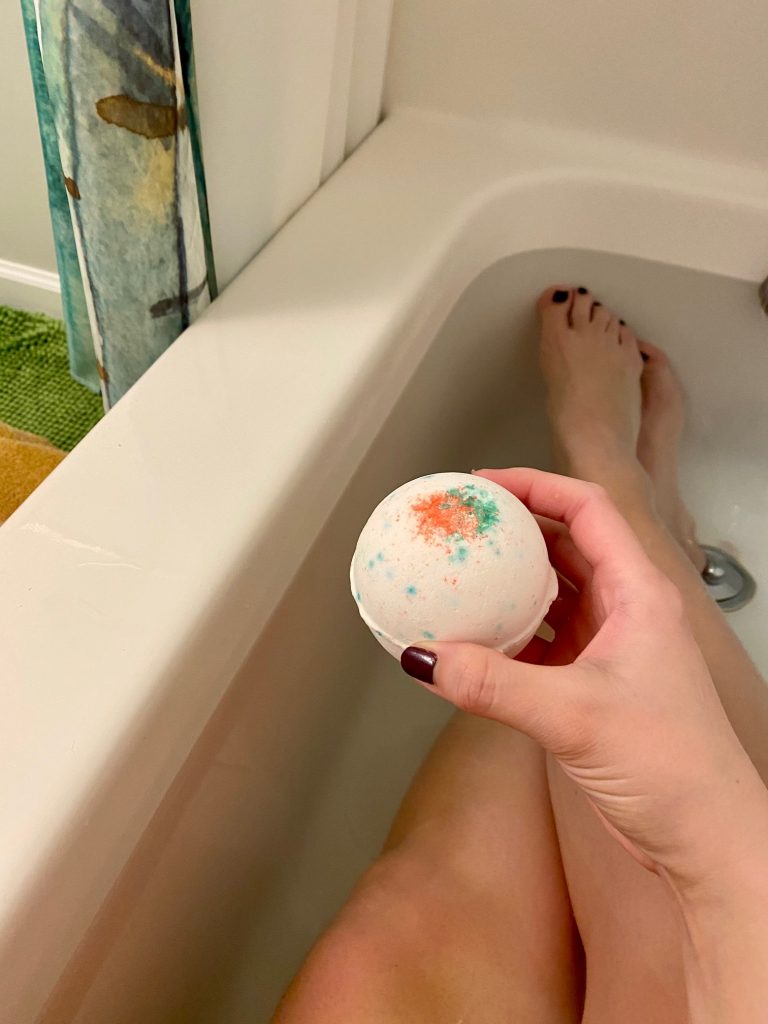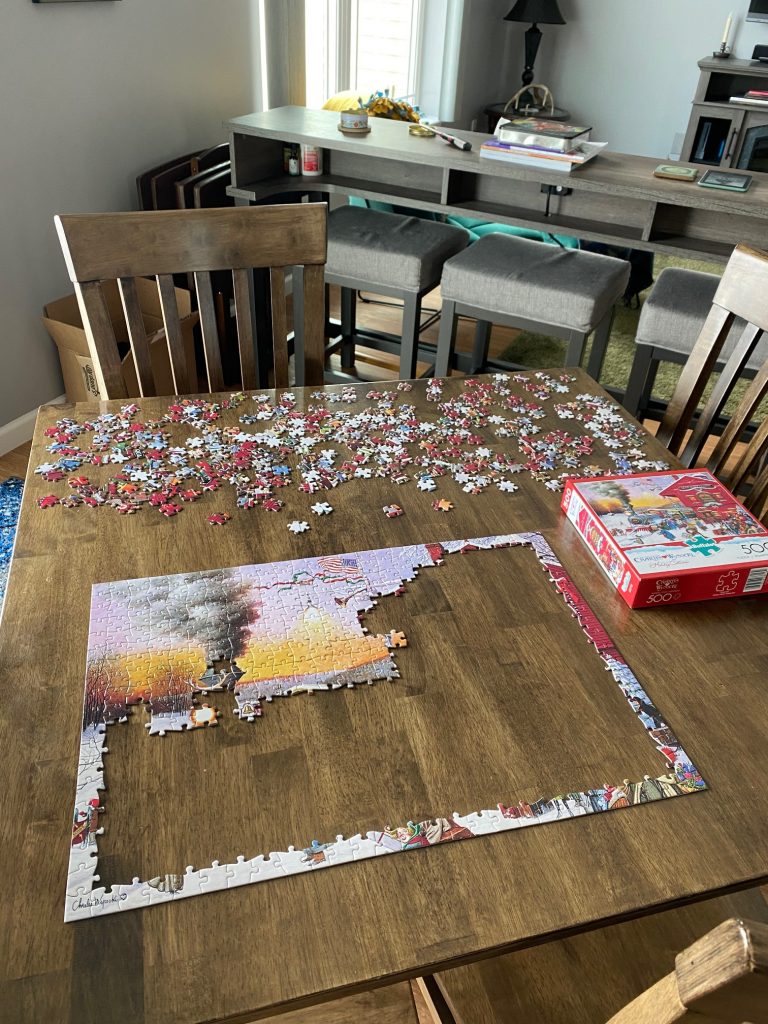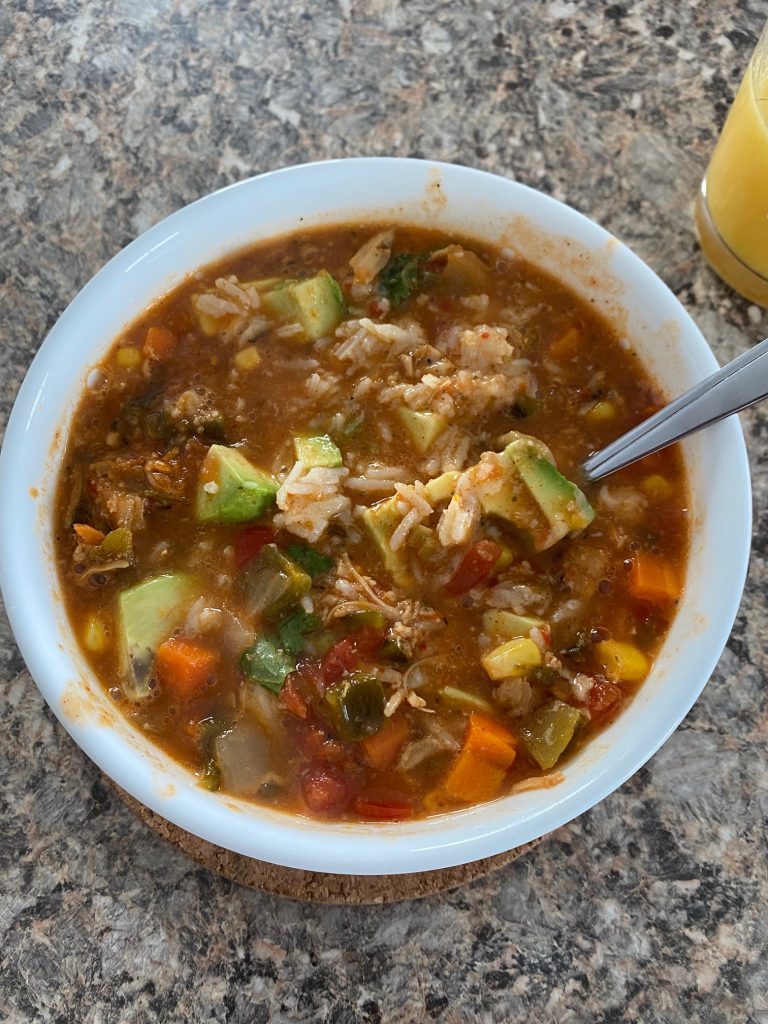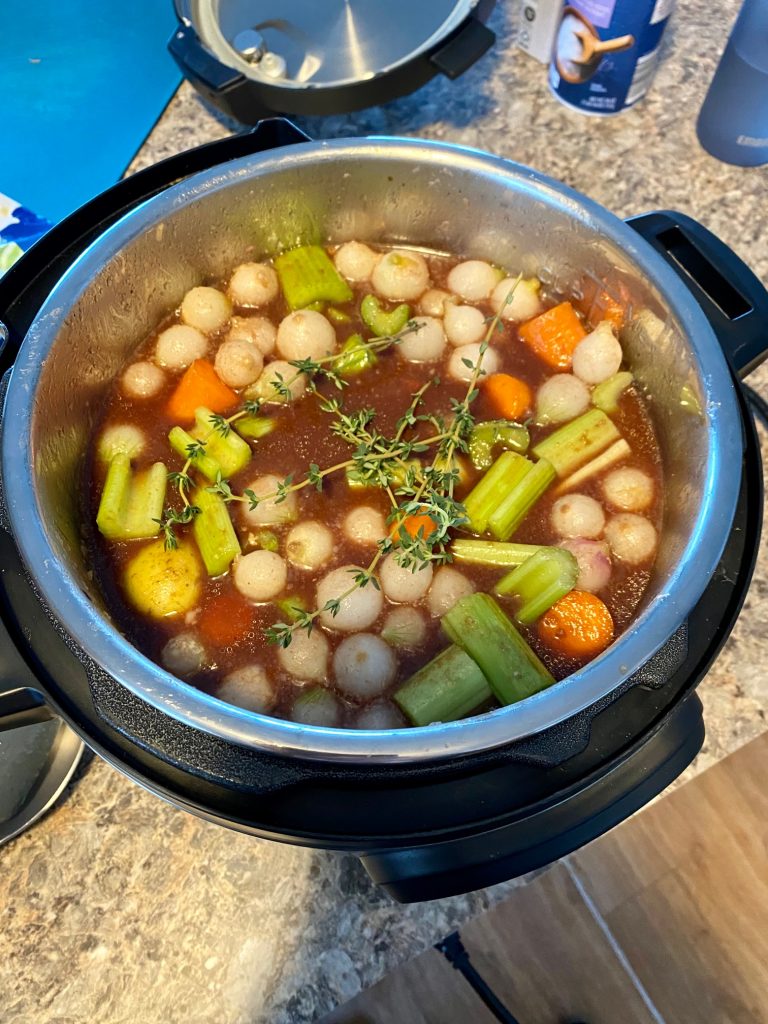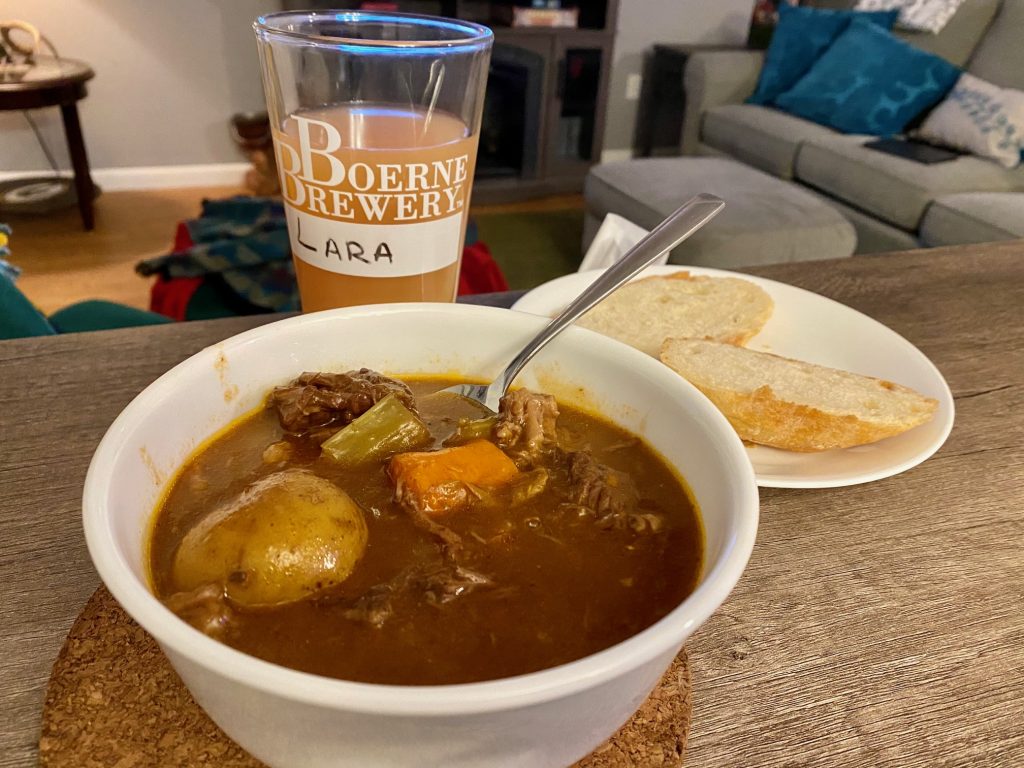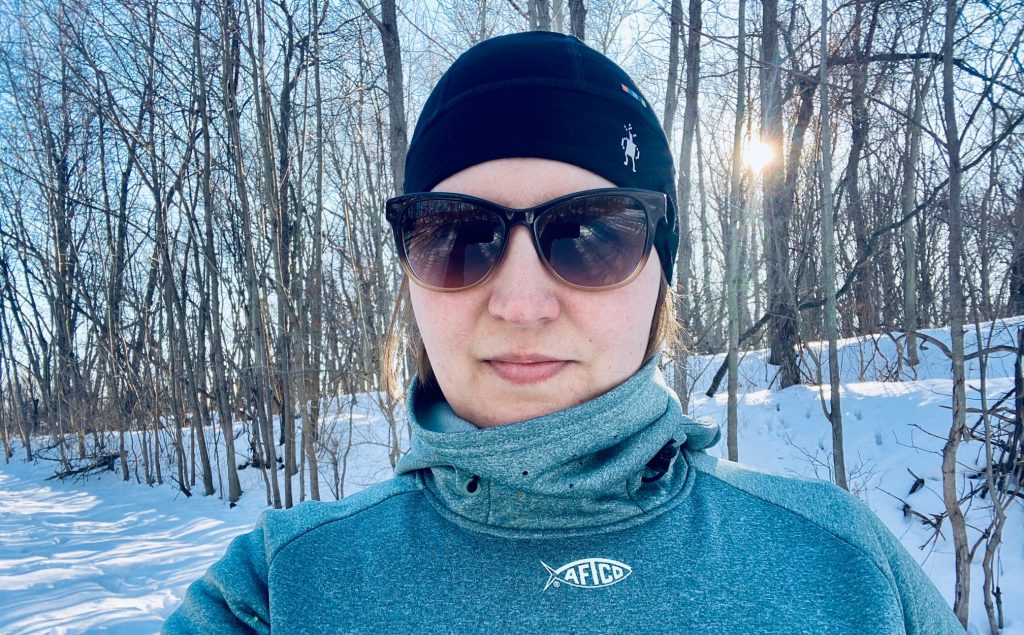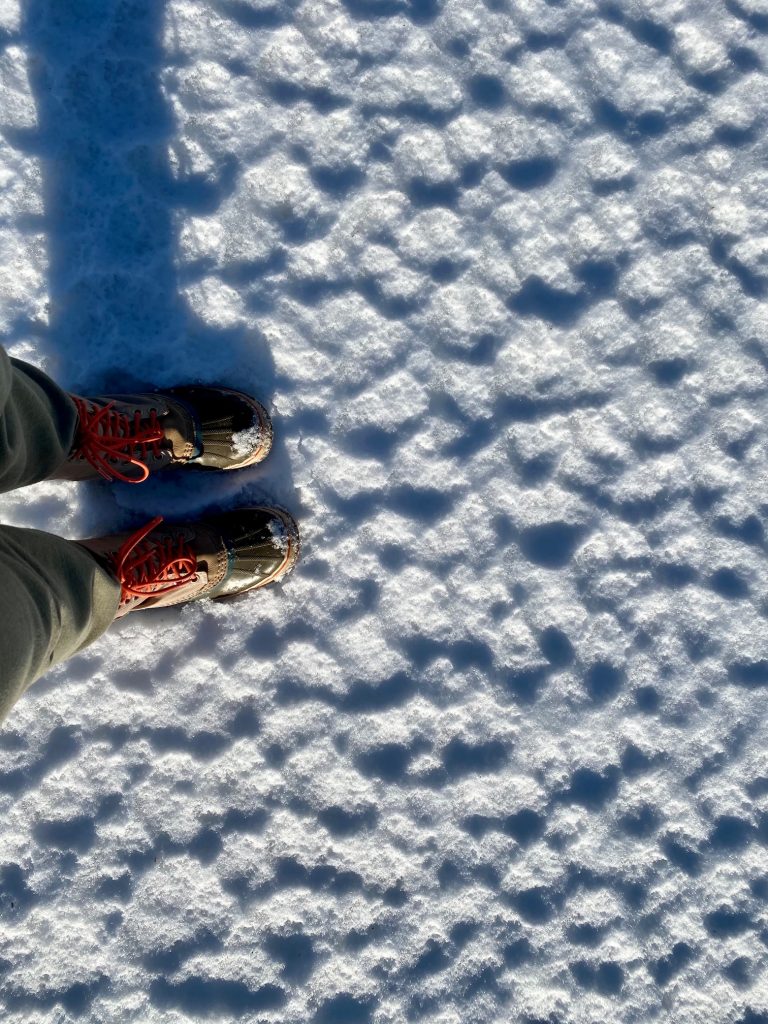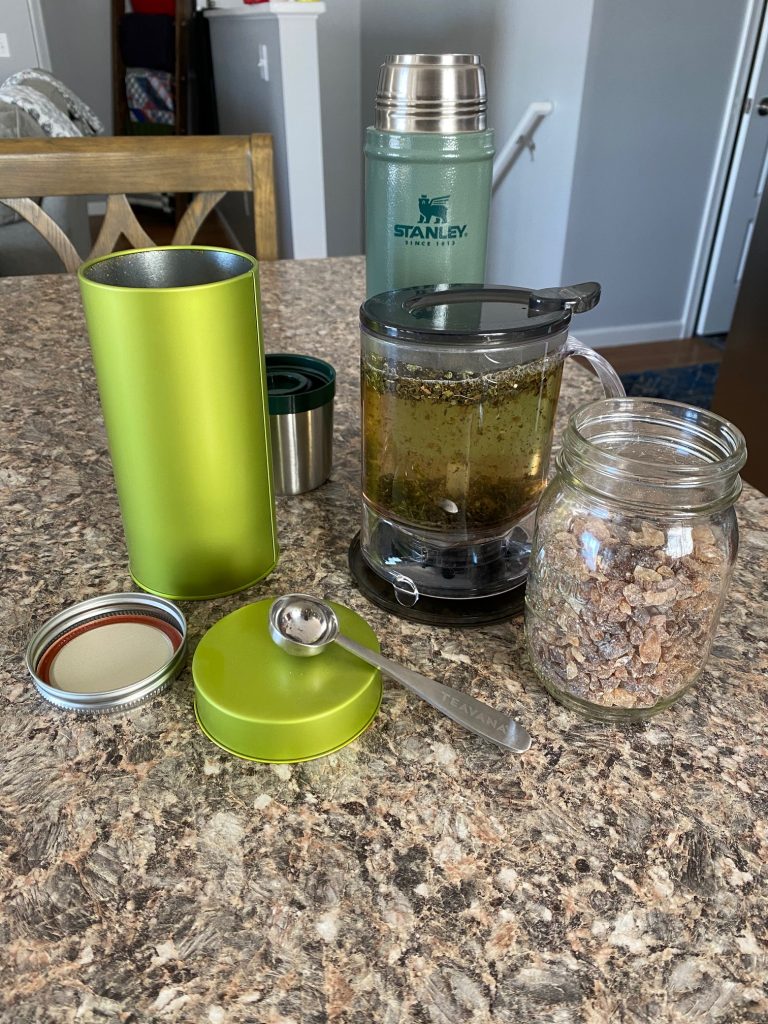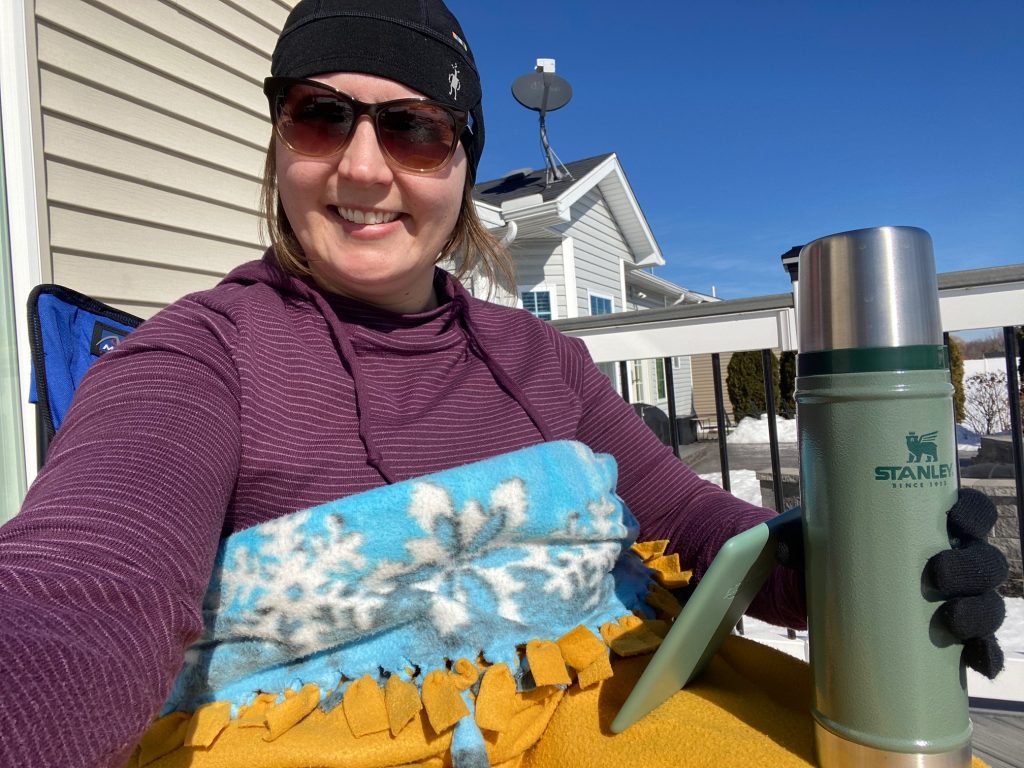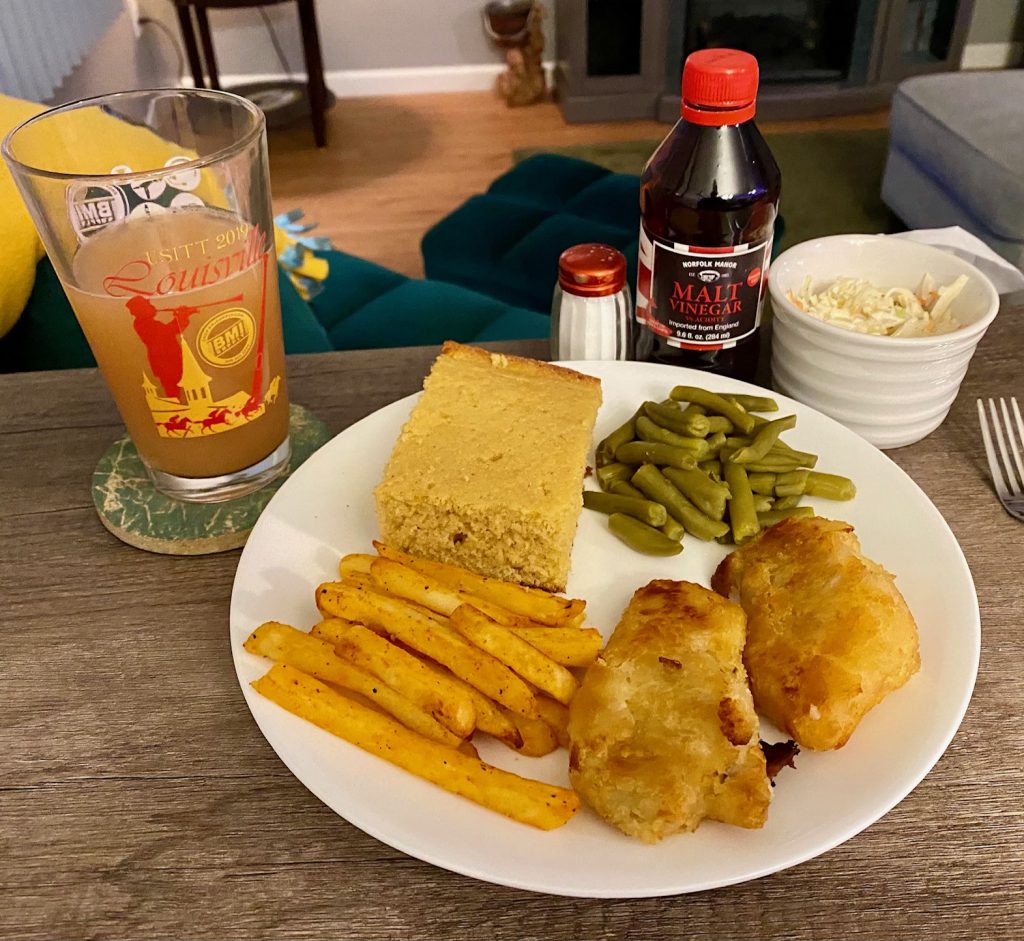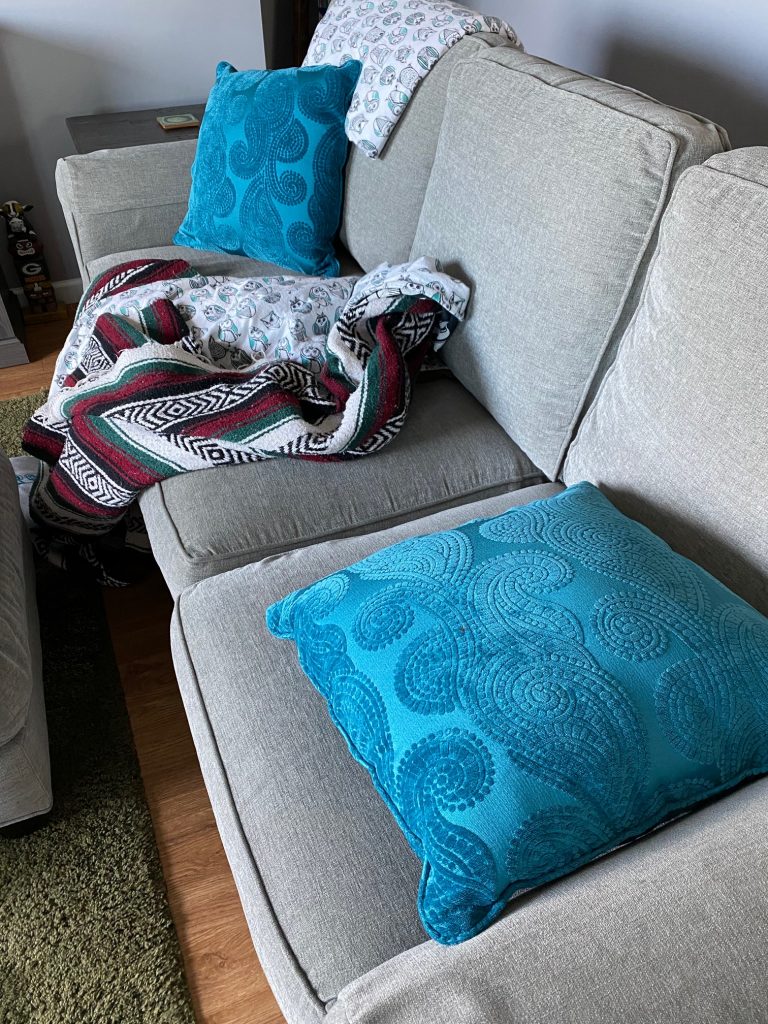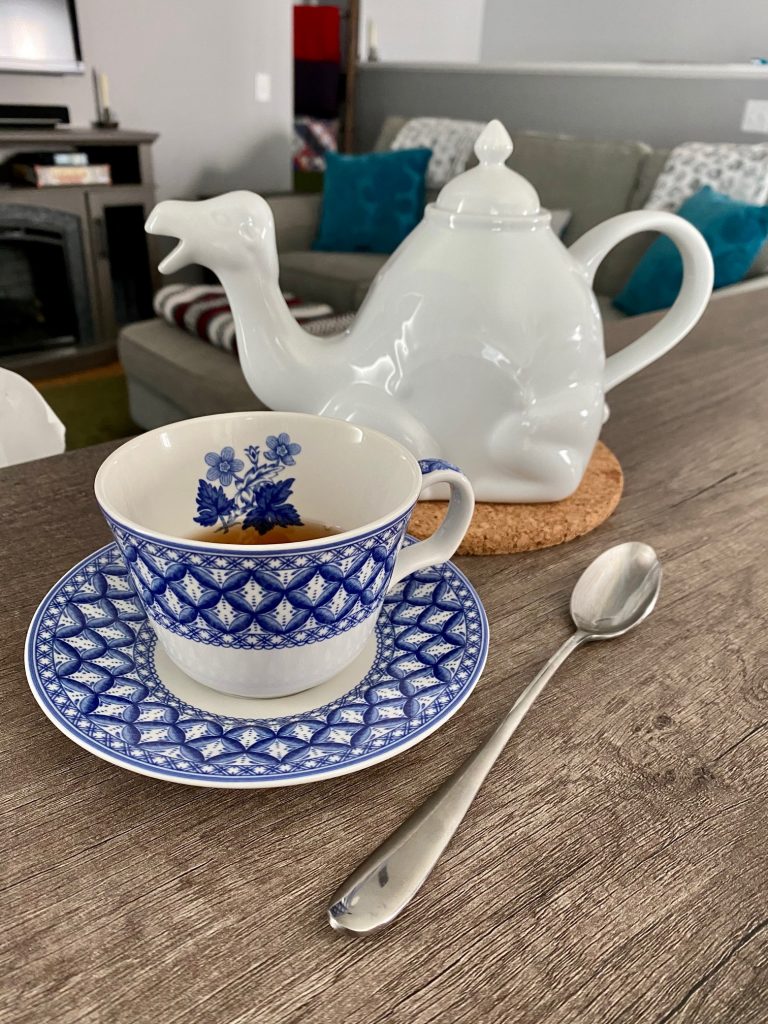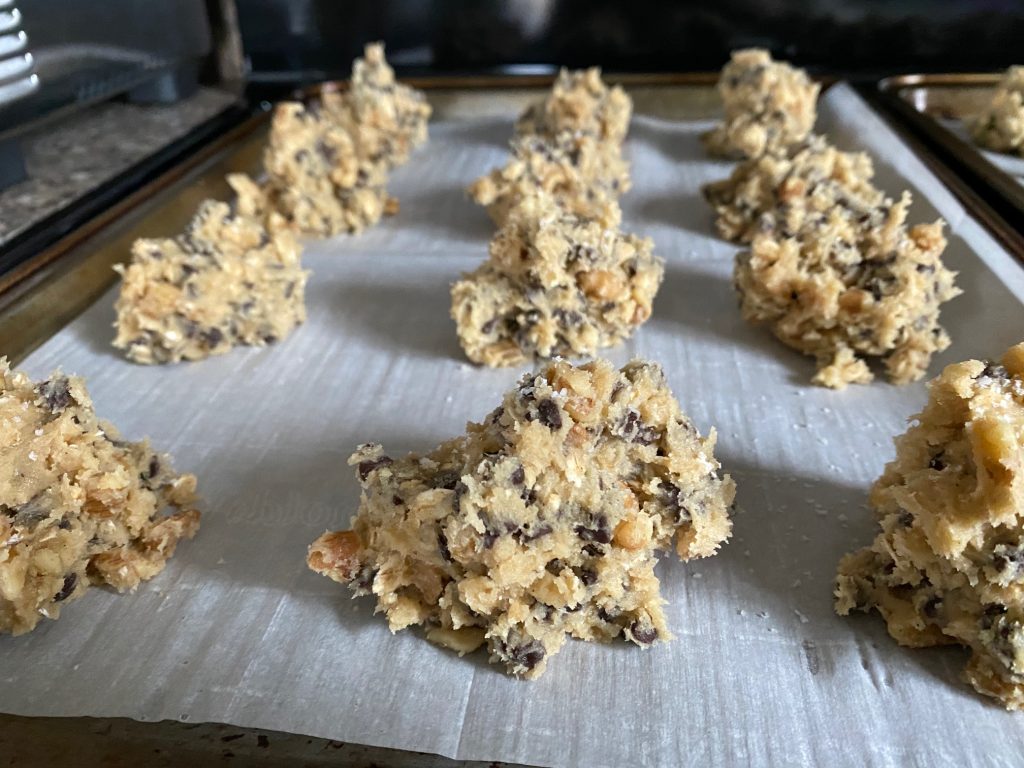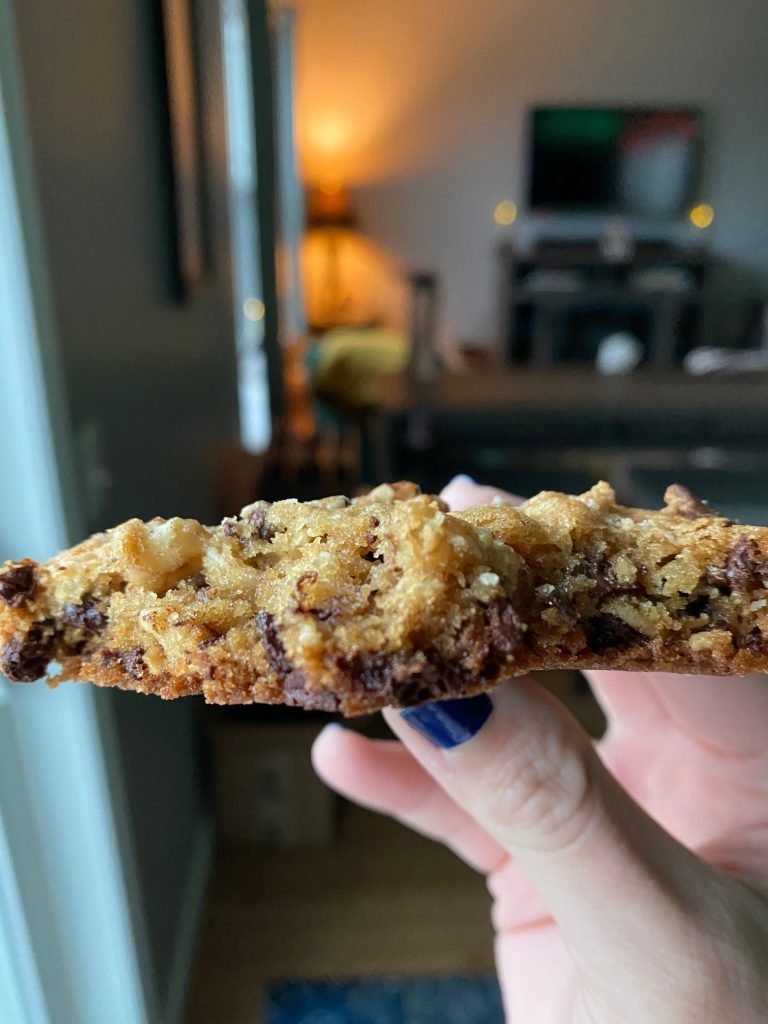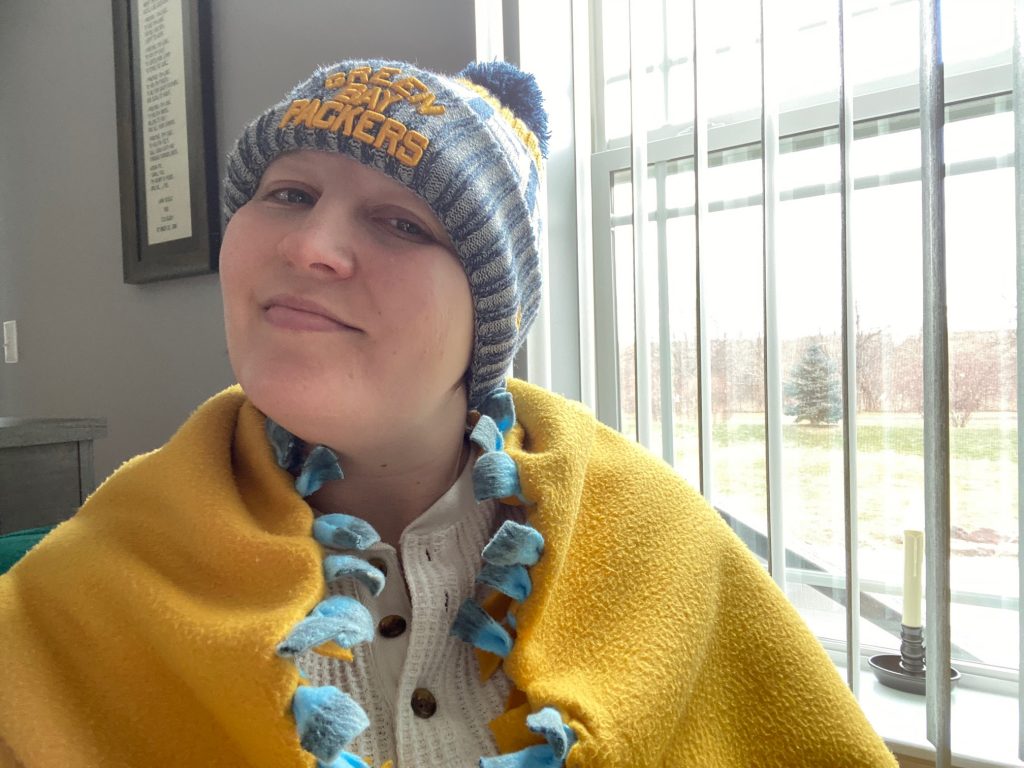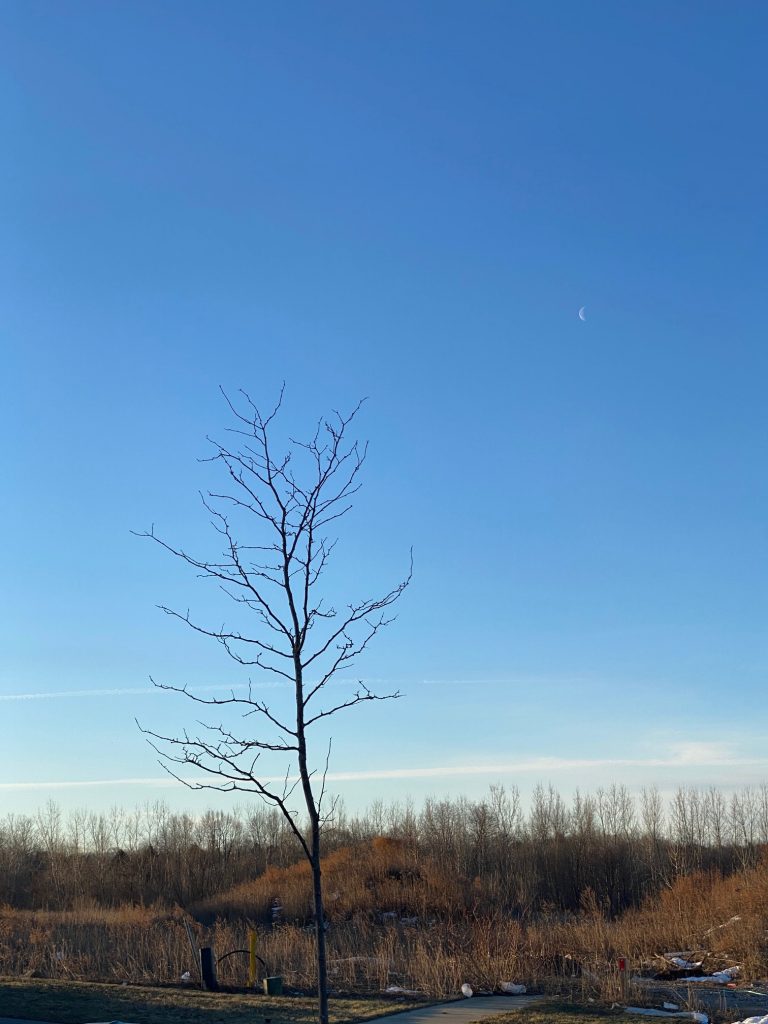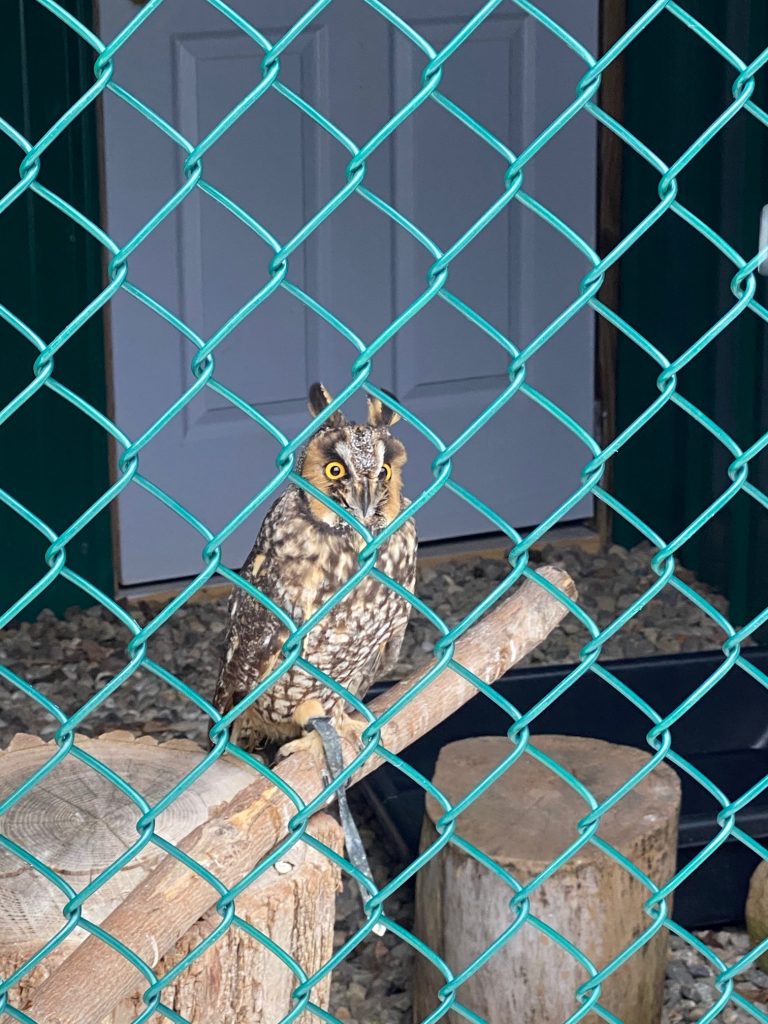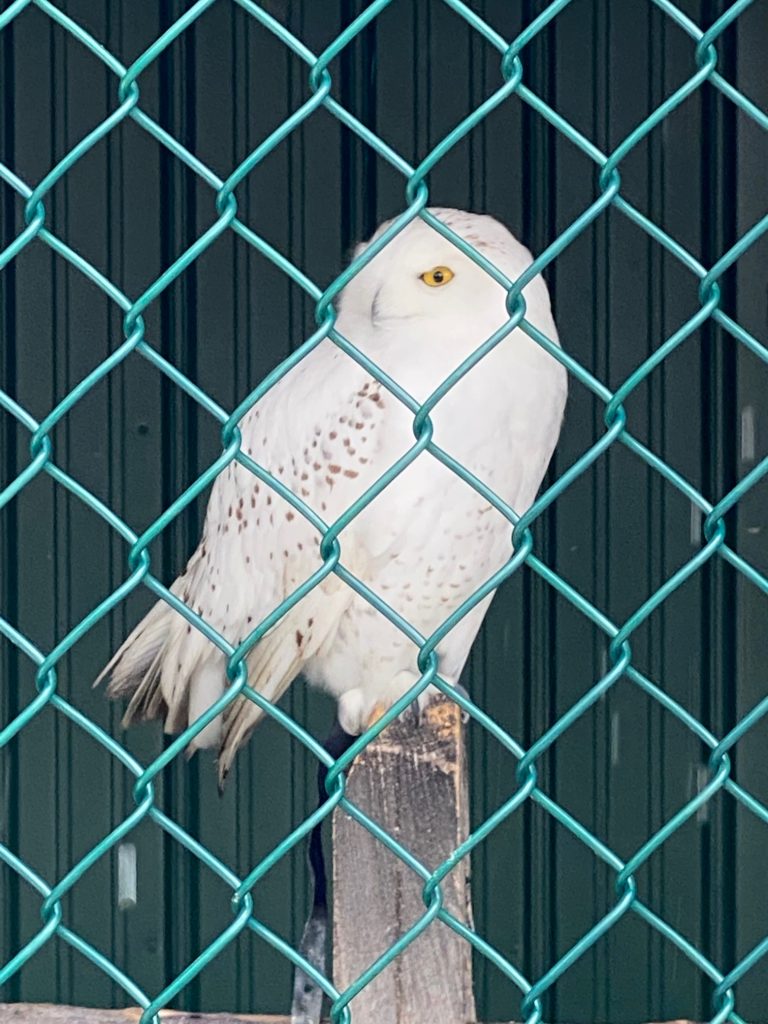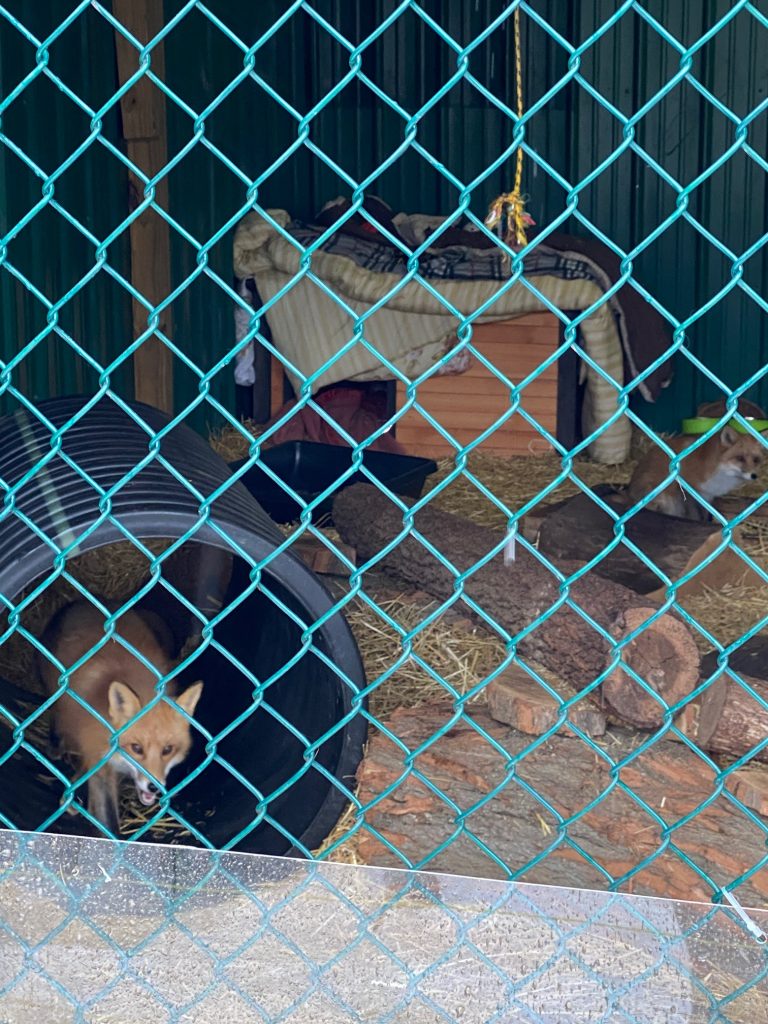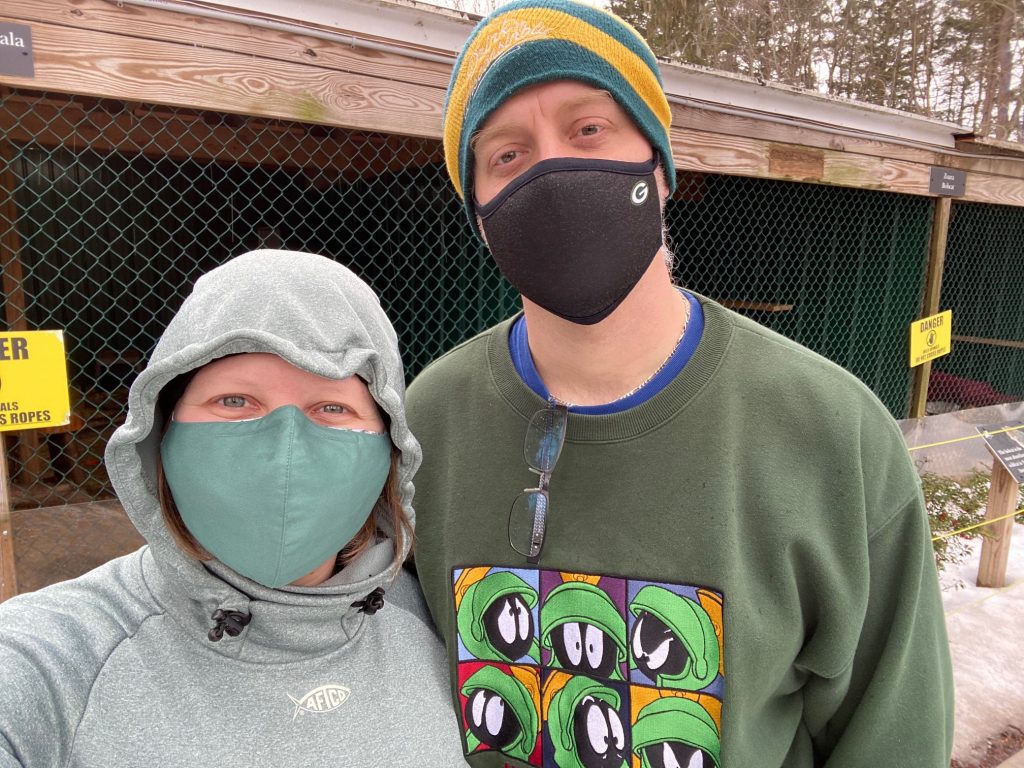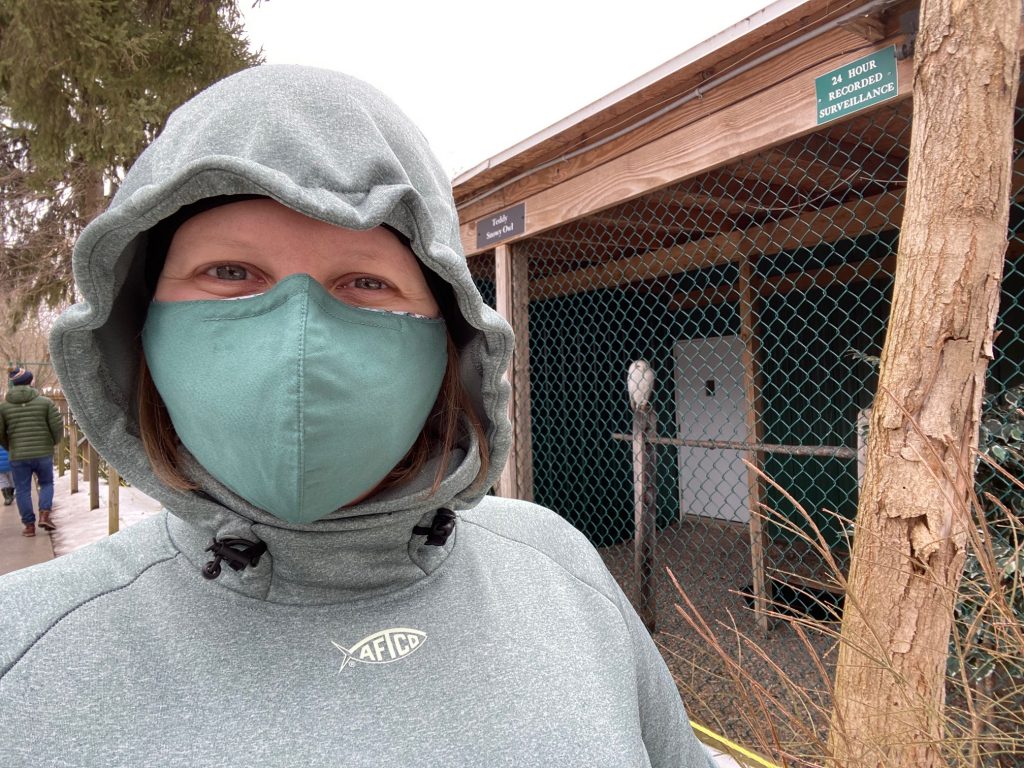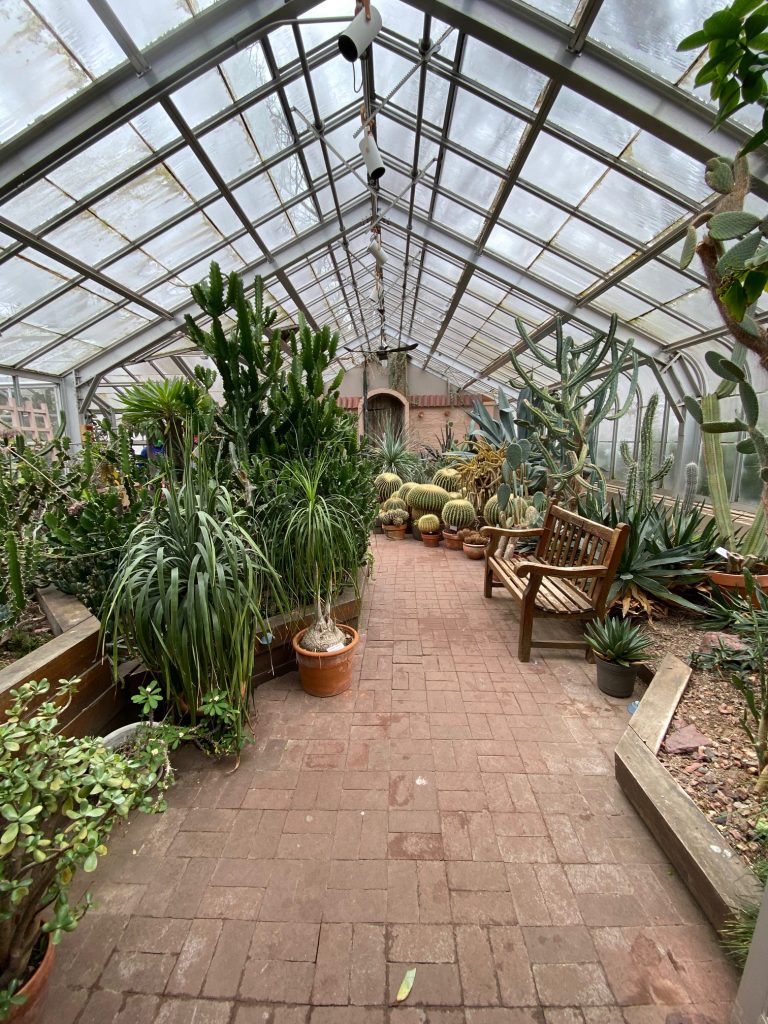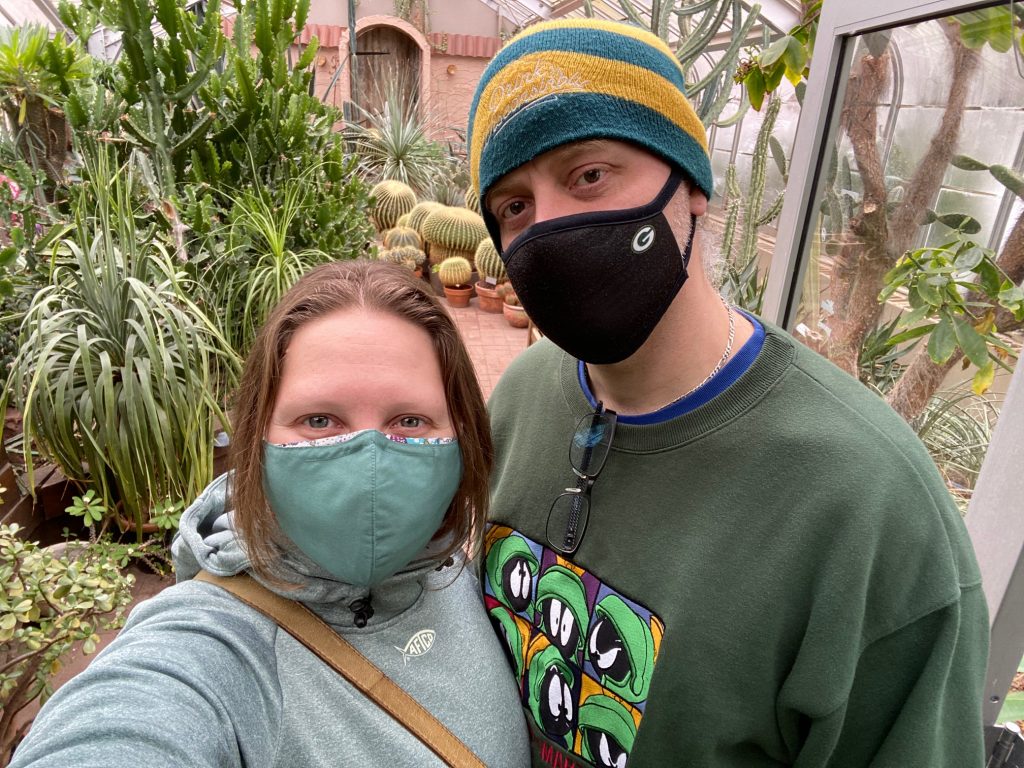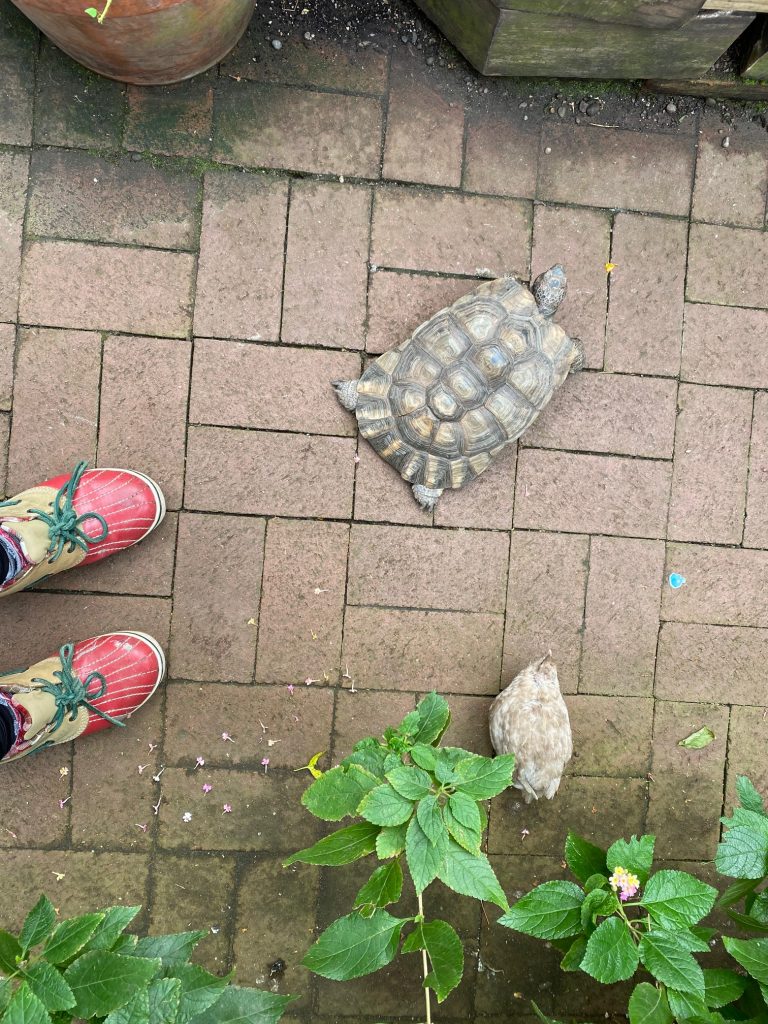On the Road
One of the silver linings of working remotely for the past year has been the ability to work from, well, just about anywhere. As long as the work gets done on time and well, it doesn’t particularly matter if it happens from the living room, guest room, office basement, back deck in the sunlight, truck, or hotel room hundreds of miles from home. I find it interesting, and also somewhat amusing, just how many people (myself included) have realized that a decent portion of the work we do that we thought would be downright impossible to complete out-of-office 13 months ago is, in fact, entirely possible to complete out-of-office. Certainly not all of it, as those of us who work in the arts & entertainment industry can clearly attest, but a much larger portion than any of us imagined would ever be possible. Not that it’s always easy, convenient, or even the right or ideal way to operate, but necessity breeds innovation and creativity, and it’s interesting to remember, in a pinch, that more can be done from places other than our building than we’d previously thought.
A few weeks ago, just as spring was rearing, Ted needed to visit a job site about two hours southwest of home right near the southern New York/Pennsylvania border for some introductions, discussions, and photo documentation to start a quote process. It was only a quick day trip, and he suspected the drive would be scenic and interesting in it’s own unique way and invited me along. Never one to shy away from an adventure, road trip, or a spontaneous opportunity to travel anywhere, I readily agreed.

Loaded up with my to-do list, laptop, charger, lap desk, and internet hotspot, I had everything I needed to work from the truck both on the drive and while Ted did his site visit. A cozy sweater, thick and fleecy blanket, and caramel macchiato from our breakfast stop at McDonald’s on the early morning drive down to the Allegheny-Limestone area completed my office-truck ensemble.
The drive was, as suspected, a welcome change of pace and full of unique scenery. The regions of southern New York we drove through were quite hilly and would have been resplendent in the fall, but had a quirky, whimsical, and magical charm all its own in winter-almost springtime. Along the route, on these desolate and thin and well-worn country roads with significant peaks and valleys of hills and small mountains, we saw hundreds of run-down tiny farm dwellings dotted along full forests of beautiful, naked birch trees and established between streaming creeks and rivers. We saw wild turkeys, deer, cows, donkey, horses, geese, and a big black pot-bellied pig all right along the roadside, and then out of nowhere the phenomenal shell of what was once a grand Victorian mansion-home that you can only imagine was utterly majestic and gorgeous in it’s prime, but is now just a shell of it’s former glory, missing nearly all her windows and doors. But even in that dilapidated and abandoned state, it was nothing short of breath-taking and captivating, sitting by the side of a forgotten country road in rural farmland, framed by bare trees….so seemingly out of place among the tiny trailer homes and ramshackle barns and coops that you just knew it had a rich history and significance. We went home and researched it, learning all about the property and generations of former owners, while imagining the day someone finally restores it. We also saw a few Amish families in horse-drawn carriages, traversing up steep hills from their farms to their daytime work a few miles away building wooden sheds, and back again.
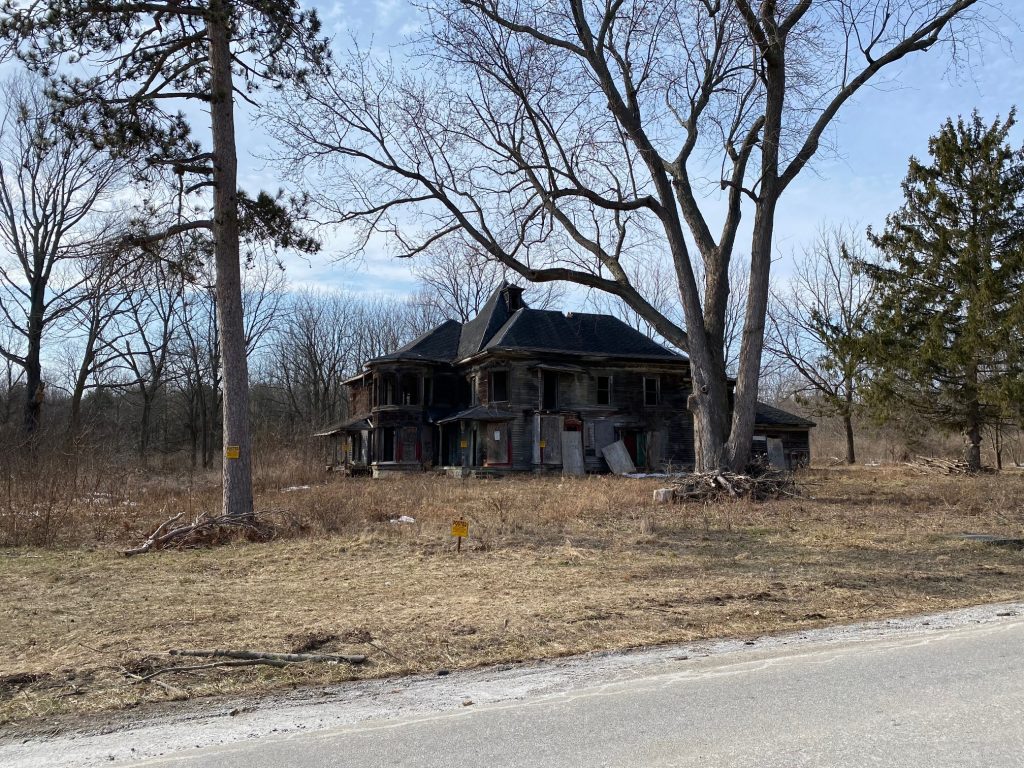

After Ted’s site visit while I worked from the truck, surrounded by really lovely and unexpected 360˚ mountain views with a brief snow shower and blanket of fog that settled in for about 30 minutes then cleared right up again to reveal a bright sun and clear skies, we stopped at the clearly irresistible “Cuba Cheese Shoppe” (which we’d seen advertised from the highway) and loaded up on an array of fresh, delightful, and funky cheeses (incredibly fresh cheese curds, smoked horseradish cheese, espresso and lavender rubbed cheese, earl gray rubbed cheese, and salt and honey rubbed cheese), local chocolates, nostalgic candies, cinnamon honey butter, pickled okra, and rye chips. This is the sort of thing I love about a road trip…happening across something interesting that you were completely unaware of and, without a plan, simply stopping to check it out and leaving with a treasure trove of goodies.
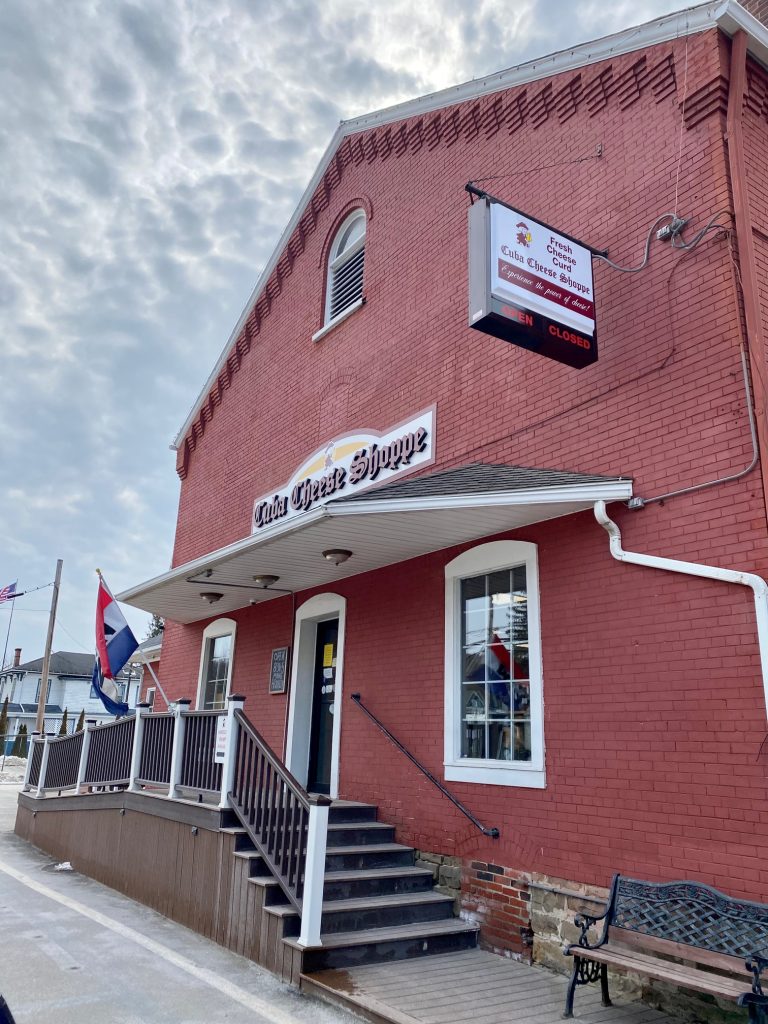

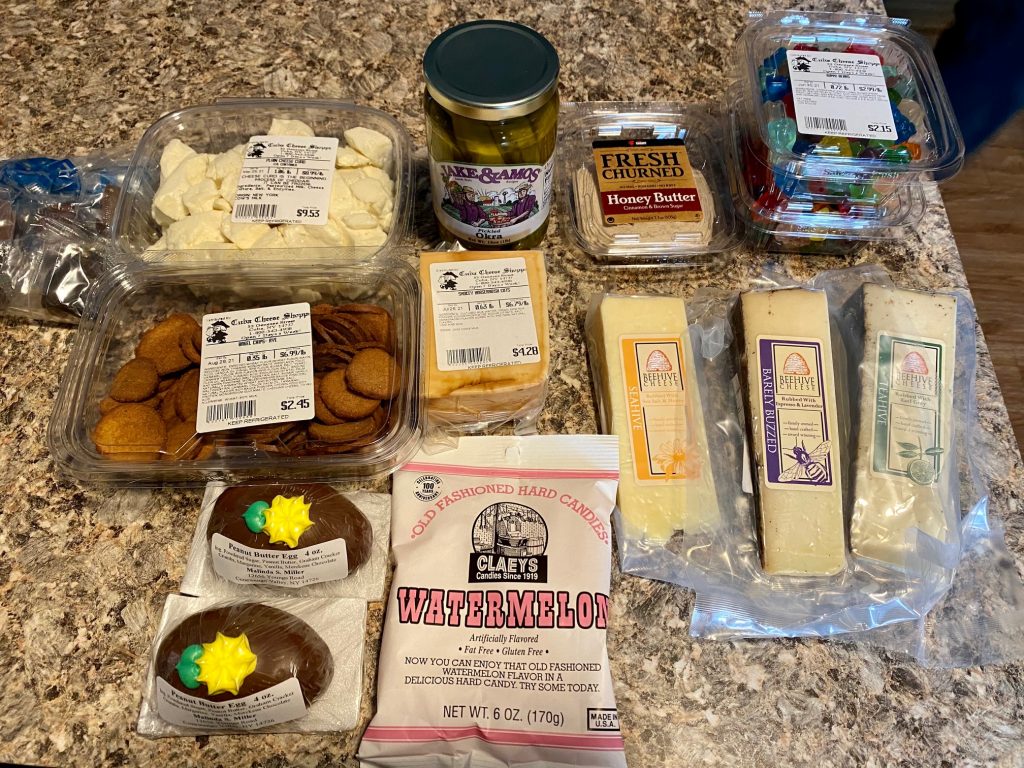

Many things about the past 13 months have been frustrating, disappointing, devastating, worrisome, or just plain hard. And so, when the same event that has bestowed so much grief also grants plentiful opportunities to keep up with work projects while breathing in country air and mountain views and hidden gourmet cheese shoppes and long sunny drives and quality time with your partner, it’s nice to acknowledge the silver linings where they exist and appreciate both the complexity and the simplicity of life as we currently know it.

